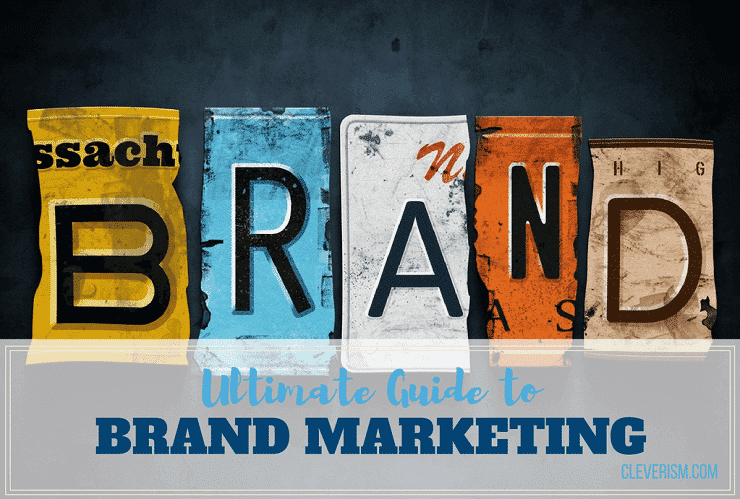Introduction
Business signage is an important part of any business. Without it, your company could be lost in a sea of other businesses and you may struggle to find its way through the crowd. Business signage in Brisbane is incredibly diverse and there are many different styles to choose from. The key is to make sure that your business sign makes a good first impression on customers – whether they’re entering your building or browsing online. Here are some tips for creating a great experience for potential clients:
Choose the right location
When choosing a location for your business sign, it’s important to think about what will make you most visible.
The first thing is accessibility. If people are going to see your logo every day and every time they drive by, then make sure it’s easily accessible. You don’t want them missing out because of traffic or other factors that could cause them to have a negative experience with the product or service provided by your brand.
Next up is consideration for traffic flow—the amount of time between when someone enters an area until they leave again (or vice versa). If there are lots of cars passing through without stopping at any particular place where someone could get pulled over while looking at their phone while driving down the street at night then maybe this isn’t such a great idea after all!
Create a sense of brand
A great way to create a consistent brand identity is through the use of signage. Signage is an important part of your business’s branding, and can help you connect with customers on a deeper level.
While there are many ways you can incorporate signage into your brand, one of the best ways is by using it as a backdrop for other marketing materials (like flyers or brochures). This gives them more room to work than if they were printed on plain white paper—and it makes them stand out even more!
Another way that businesses can use signage effectively is by making sure everything has its own unique look so that people recognize what product/service they’re looking at right away when they walk into their store or office location.”
Create a sense of location
If you’re trying to create a sense of location, there are a few things that need to be considered.
- What is the purpose of your business? Is it primarily a retail store or are you an office space provider?
- What kind of atmosphere do people associate with this area? Are there other businesses nearby that might influence them (e.g., coffee shops)?
- How much signage is in the area where people will see your signage? Is it enough for them to know where you are without having any information about who owns or operates the company behind it already known by them before seeing any signage at all
Add to the experience of the space
When you’re considering signage, it’s important to keep in mind the idea of “signage as experience.” Signage can be used to enhance the experience of a space or create an atmosphere that is consistent with your brand. For example, if you run a restaurant that serves up food made from local ingredients and supports local farmers, then perhaps you want your sign to reflect this by displaying images of products such as produce or meat on display at the front counter.
However, if your business sells products made overseas (or even within Australia), then maybe using images depicting these types of items would not be appropriate for your location. In this case, opting for something more minimalistic might work better—maybe just some lettering stating “Made in Australia?” could suffice!
Consider the design and style of your signage
When it comes to signage, the design and style of your signage is just as important as its message. It’s not enough to just slap some vinyl lettering on your wall and call it a day. You want to make sure that the overall look of your brand is consistent with its other marketing materials, including websites, social media pages, business cards and more—in other words: you want everything about your business’ design to mesh together seamlessly so that people perceive it in one way or another when they see them all together.
In addition to looking good from a consumer perspective (which we’ll discuss later), consider how easy it will be for people who aren’t familiar with what makes up this particular company’s image/message system like myself! I’m sure many businesses out there have found themselves having trouble communicating their brand message because they didn’t think through how best fit into existing spaces before installing new signage outside locations where people might pass by regularly without ever stepping inside afterwards.”
Put thought into your signage.
Before you buy any signage, think about what it is for. Is it to inform people of a new product? To advertise an event? Or do you want something that will enhance the experience of your space?
Consider your brand’s aesthetic and style as well as its location. If there’s already a high traffic area in which many people pass through daily, then consider installing something that makes use of their momentum (like an animated GIF). On the other hand if your business is located down an alleyway away from busy streets then maybe consider using more discreet graphics instead like QR codes or barcodes so they don’t distract from others who pass by while they wait at bus stops nearby!
Conclusion
We hope that this guide has helped you to understand the importance of signage in creating a brand for your business and increasing its visibility. As we’ve seen, there are many ways to enhance your brand via unique and creative signage, so long as you choose wisely. We can help you choose the right kind of signs for your property—whether it be brick walls or concrete pillars or both—so that they work together with the rest of your building’s design and color scheme.








